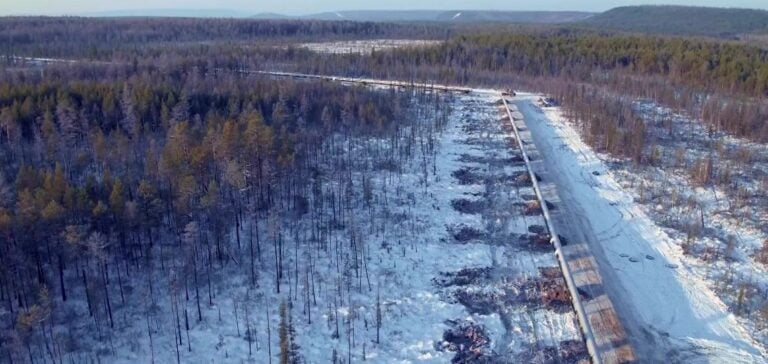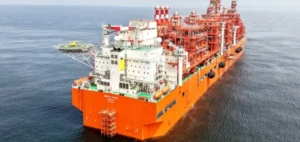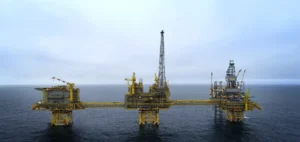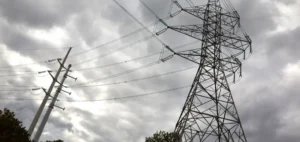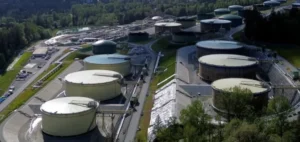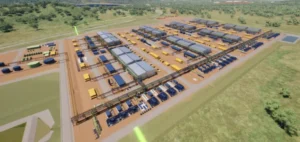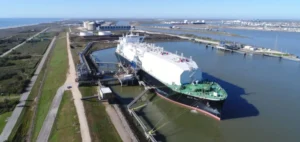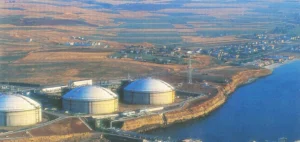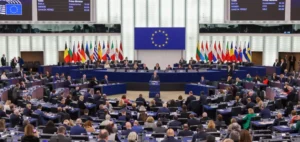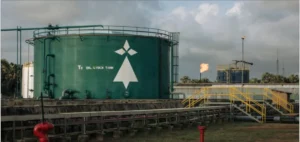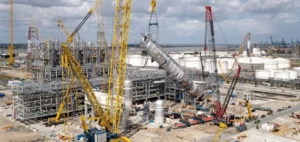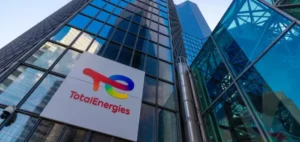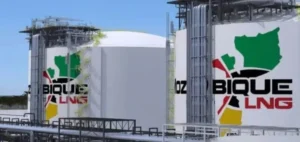The completion of the “Power of Siberia” gas pipeline, connecting Russia to China, marks a significant milestone in bilateral energy cooperation and reflects current geopolitical and economic dynamics in Eurasia. Spanning over 8,000 kilometers, this project has been delivered six months ahead of its initial schedule.
The pipeline, set to become fully operational by the end of 2024, will enable Russia to supply 38 billion cubic meters of natural gas annually to China’s eastern provinces. The scale of this infrastructure makes it a strategic lever for both powers amidst international tensions and the reconfiguration of global energy flows.
A Strategic Issue for Moscow and Beijing
The “Power of Siberia” gas pipeline is a cornerstone in Russia’s energy strategy. As Western sanctions limit access to European markets, Russia is redirecting its exports toward Asia, particularly China, the world’s largest natural gas importer. This project highlights Moscow’s ability to secure stable outlets through long-term contracts with Beijing.
For China, this infrastructure addresses several strategic objectives:
– Diversifying energy supply sources to reduce coal dependency and strengthen energy security.
– Supporting the growing demand for natural gas, especially in industrial and urban regions.
– Aligning with the energy transition policy aimed at reducing CO₂ emissions.
Technical Features and Performance
The project relies on robust infrastructure:
– **Supply sources**: Chayandinskoye and Kovykta gas fields in eastern Siberia, rich in conventional gas.
– **Annual capacity**: Up to 38 billion cubic meters of gas, representing about 9% of China’s current annual consumption.
– **Integrated network**: Compression stations and secondary pipelines to optimize distribution across Chinese provinces.
Operational efficiency depends on technical innovations that enable the transport of gas over long distances with minimal losses, despite extreme climatic conditions in Siberia.
Geopolitical Consequences
This project strengthens the Moscow-Beijing axis in a globally polarized context. For Russia, the gas pipeline is a resilience tool against sanctions, diversifying its markets. China finds in it a means to reduce reliance on traditional liquefied natural gas (LNG) suppliers, such as Qatar or Australia.
However, this energy interdependence carries risks. A potential deterioration of bilateral relations could affect commercial terms, particularly price negotiations. Moreover, Beijing ensures not to depend exclusively on Moscow, diversifying its supplies through partnerships with LNG players like the United States.
Outlook and Challenges
Expansion is already planned with the “Power of Siberia 2” project, designed to link western Siberian gas fields to China via Mongolia. This new pipeline could double gas volumes delivered and further bolster Russia’s energy influence in Asia.
Nevertheless, environmental and logistical constraints remain:
– The ecological impact of gas extraction in Siberia, as well as criticism regarding encroachment on sensitive territories.
– Logistical challenges related to maintaining and securing such a vast infrastructure in remote regions.
For both partners, the success of this project fits into a shared vision of reconfiguring global energy flows, with Eurasia increasingly integrated on the energy and economic front.


